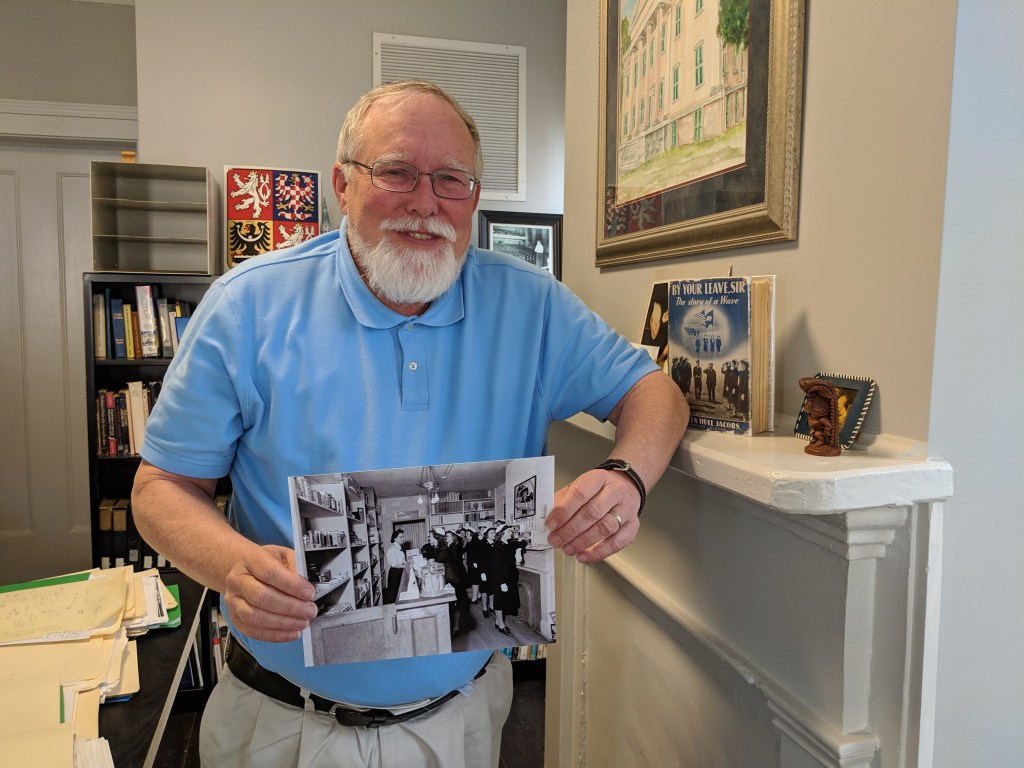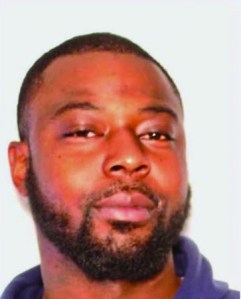For Women’s History Month, a look back at the WAVES’ time in Milledgeville
Published 3:45 pm Saturday, March 16, 2019

- Dr. Bob Wilson
For nearly two years during World War II Georgia State College for Women, later renamed Georgia College, served not only the traditional students known as “Jessies” but also housed and trained thousands of cadets from the United States Naval Women’s Reserve.
Trending
These patriotic young women who answered the call of their country were known as WAVES (Women Accepted for Volunteer Emergency Service) and attended the U.S. Navy Training School (Yeoman-W) established on the GSCW campus.
Recruitment of cadets for the WAVES included a sophisticated advertising campaign through radio, newspapers, posters, brochures and personal contacts. The sharpened focus of the advertisements was the clever use of patriotism and the need for women to free up men for overseas conflicts.
The WAVES arrived on the GSCW campus in 1943 to mixed reviews, according to GC historian Dr. Bob Wilson.
“The GSCW president at the time, Guy Wells, saw their arrival as a win-win situation because the school was struggling financially after the Depression,” said Wilson. “The WAVES provided an influx of a lot of federal money into the campus.”
Wilson noted that not all welcomed the WAVES with southern hospitality at first, especially the college’s Jessies. The cadets marched in formation throughout campus and town from early morning to nightfall — obviously disturbing the tranquil nature of the genteel institution and residents.
Although many students did make concessions for the cadets due to their patriotism taking precedence, the WAVES were still, by the nature of their military status, treated separately. Their presence is made apparent simply by looking through the GSCW 1945 yearbook that was illustrated by famed southern author and Jessie, Flannery O’Connor.
Trending
O’Connor was a talented cartoonist in addition to gothic storyteller. Her depictions of the WAVES on campus have a futuristic style to them and remind any Star Wars fan of the infamous Storm Troopers of the films. Yet, O’Connor did finally relent to the cadets as she felt was her patriotic duty.
On the WAVE introductory page inside the yearbook, a message is given to students feeling the sting of the naval cadets’ presence on campus.
“Some in our midst are dressed in Navy blue. They are just like the rest of us, only farther away from home, and sometimes more homesick, even though they proudly wear one of Uncle Sam’s uniforms. Long after they’re gone we’ll still remember their cheerful singing as they march through the rain, the little short girl on the end of the platoon running to keep up, those jaunty salutes, their frequent and impressive graduations, and the smiling ‘Hi’ in reply to our ‘Hey.’
“The WAVES really took over and crowded out the students, sometimes forcing three to four girls per dorm room,” said Wilson. “Another source of frustration came in the form of added female competition for the few remaining men left in town.”
Wilson describes the multitudes of young cadets descending upon Milledgeville from every corner of the United States and many coming from north of the Mason-Dixon Line. That alone caused issues for those people still clinging to the old threads of gray.
“The girls from the north were used to quite a bit more personal freedom than the Jessies were given,” said Wilson. “You’ve got thousands of women from all different backgrounds, and education levels mixing with upper-class southern belles — problems did arise.”
The number of cadets sent to GSCW to receive training during the two years topped out at around 15,000 by the end of the war. Not only was campus bursting at the seams but downtown was most likely stretched for resources as well.
Wilson’s office is in the McIntosh House on Clarke Street and was used as the WAVES canteen during their time on campus. He has a stunning black and white photo picturing several cadets visiting the room for their daily supplies.
The WAVES were not all disturbance and conflict; especially on one occasion — a visit from the Bob Hope USO tour. It was a balmy night in May 1943 when the famous entertainer and his troupe performed not one but two shows in Russell Auditorium on campus. The first show was broadcast live across the airwaves throughout the country.
“He came here specifically for the WAVES, but when he found out how many townspeople wanted to attend, he added a late-night show,” said Wilson.
In the span of Georgia College’s long narration, the WAVES were here but for a brief time, yet made such a lasting impression on the campus and town. Milledgeville, along with GSCW, made room for the young naval cadets — in their hearts and in the pages of the school’s prestigious history.
Visit GC’s Special Collections located in the Ina Dillard Russell Library to view the preserved WAVE uniforms of two prominent Milledgeville women — Dr. Barbara Chandler and Harriet Kidd.





